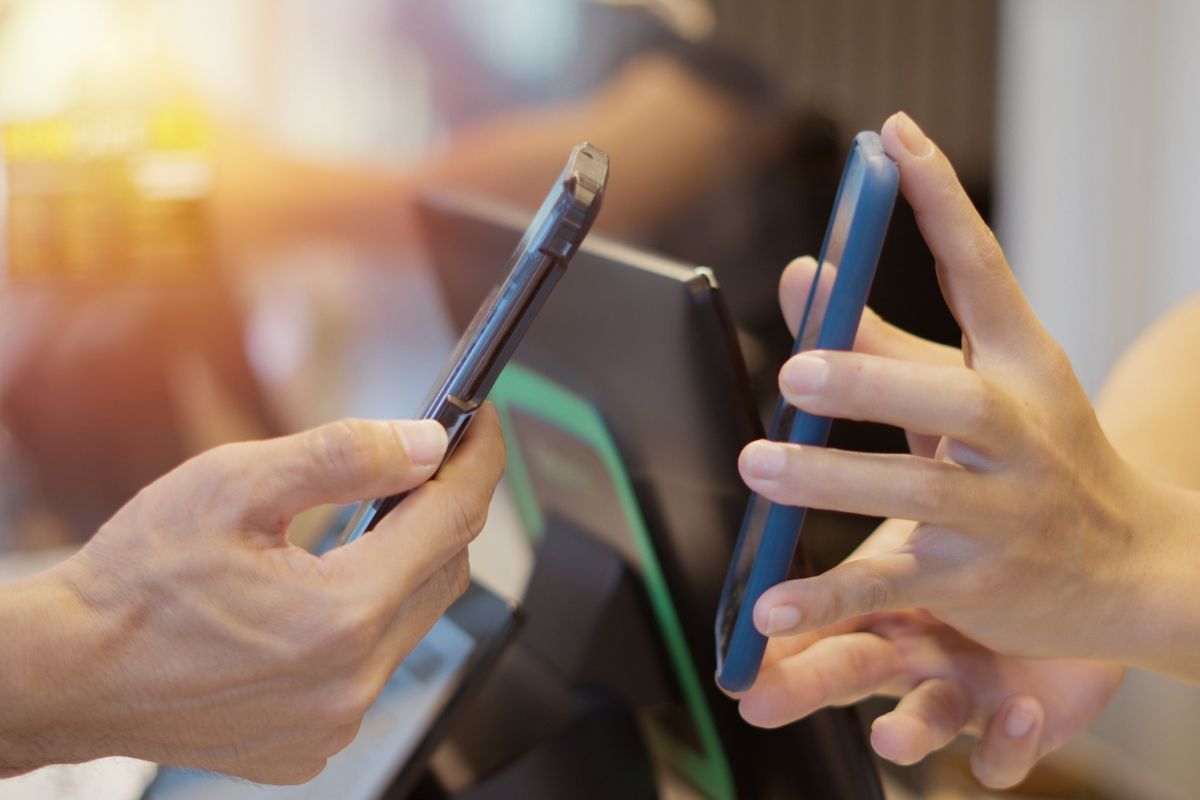A new system in the country uses one operator to accept 23 different payment methods.
Merchants in Singapore will soon be able to use a single QR code to be able to accept nearly two dozen different digital payment methods in a trial starting this week through the central bank.
Stores have been promised that the new system will reduce hassle for them and for their customers.
With a rapidly growing number of apps and mobile wallets, merchants are finding it difficult – or even impossible – to accept them all without having to run multiple clunky systems. The new option being tested by the central bank will try to package a large number of them into a single system that can all be accessed through a QR code.

The Monetary Authority of Singapore is testing the SGQR+ system. To use it, merchants need only register with a single financial institution. That said, they will be able to accept 23 different payment methods, including the ShopeePay and GrabPay local services, and the Alipay and WeChat giants from China.
The trial of the QR code payment service will run for a month and will be tested by over 1,000 merchants.
The month-long test period will involve a roll-out to over 1,000 merchants at the Singapore FinTech Festival, which is among the largest industry events in the country. This year’s event expects to see around 70,000 visitors. It will also be tested in the city-state’s eastern Changi district.
The SGQR single QR code was first launched in 2018 and brought together a number of different barcodes for transacting payments. Now, the system has over 30 participating payment provider and financial institution members. That said, merchants were required to sign up with each individual financial institution or payment provider in order to accept payments through the single barcode.
The new system being trialed with look into the feasibility of Singapore’s Network for Electronic Transfers (NETS) systems and by the Liquid Group fintech company. These systems have all linked transactions through a single barcode that requires merchants to sign up for the system, not with each individual participating payment provider and financial institution.


